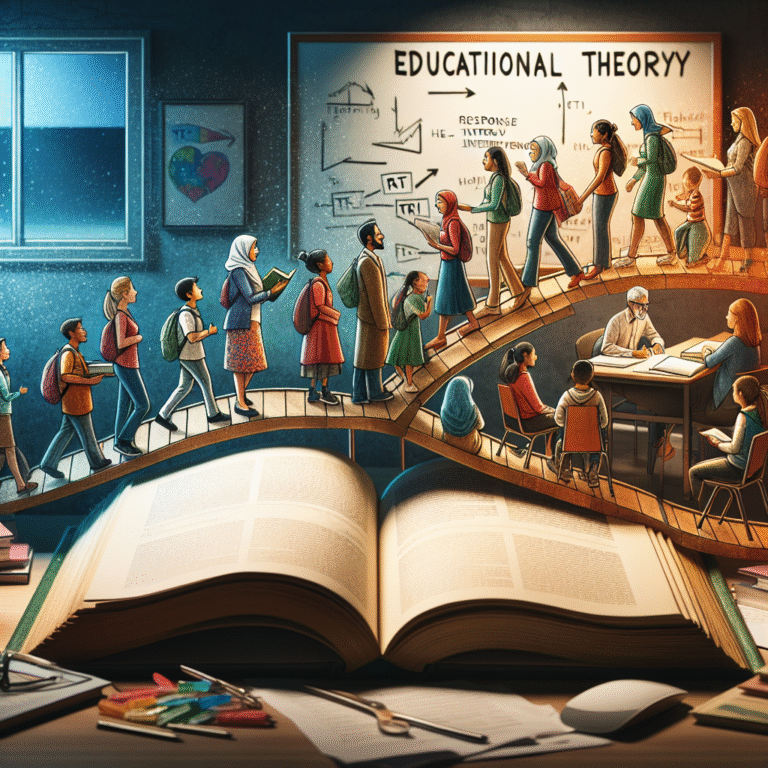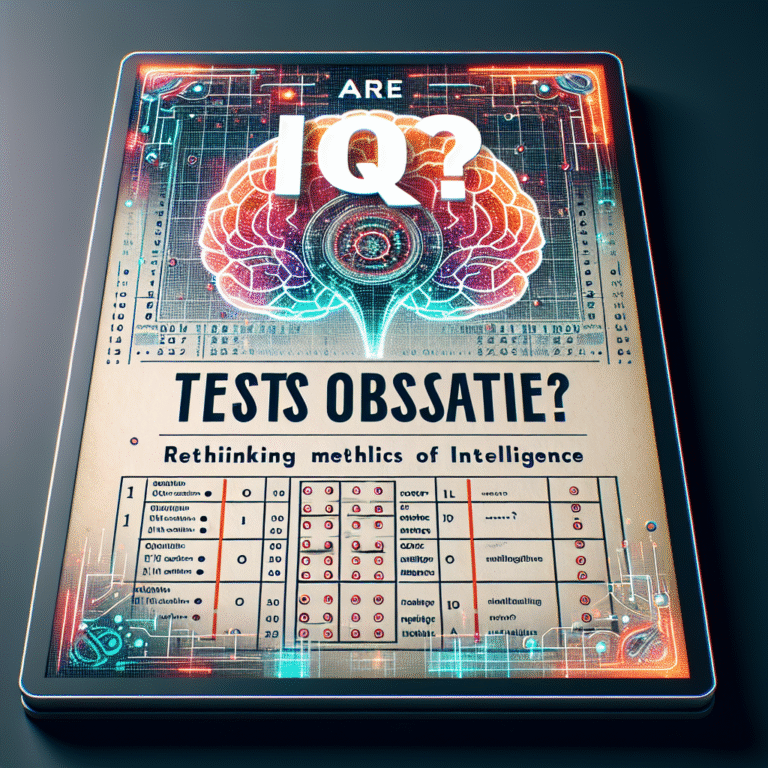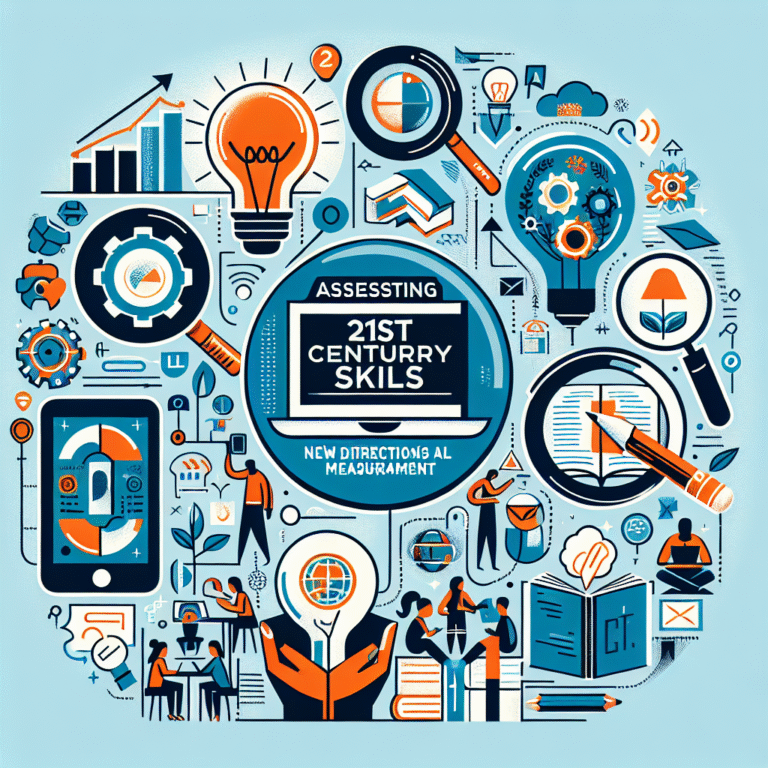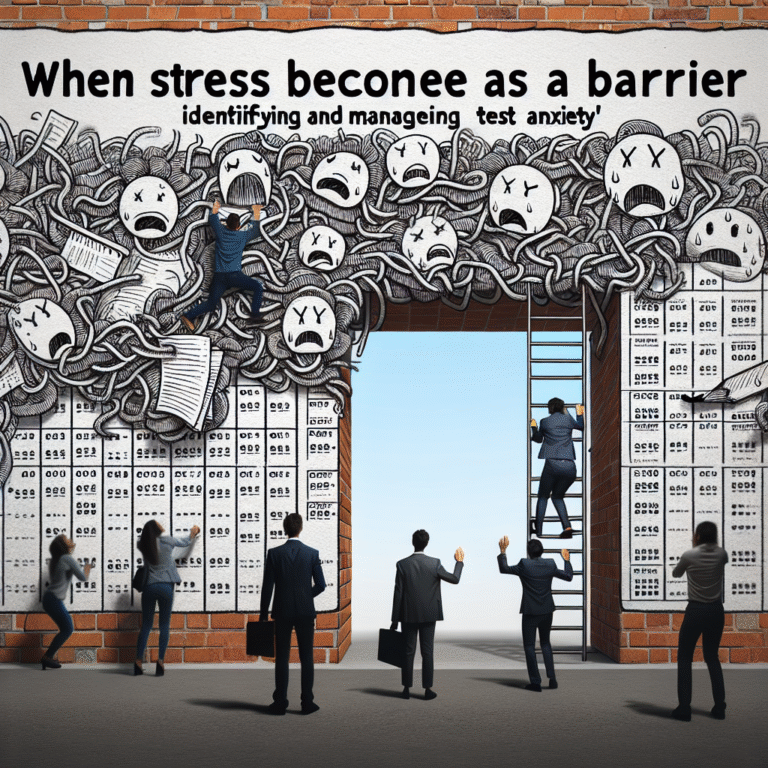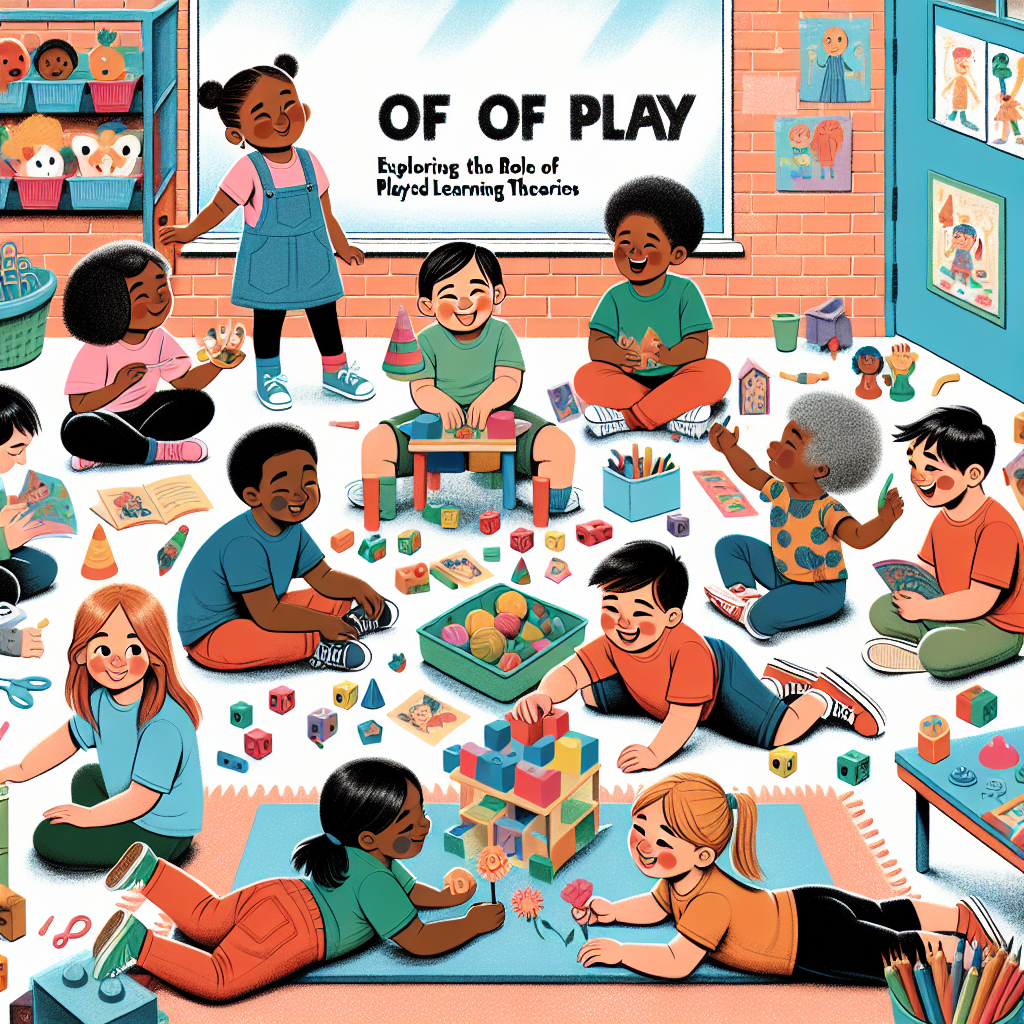
Introduction
Imagine a classroom where children aren’t sitting quietly at their desks, but instead, they’re immersed in a world of creativity, collaboration, and joy. This isn’t a fantastical dream; it’s the reality enabled by play-based learning theories. The Power of Play: Exploring the Role of Play-Based Learning Theories reveals not just the importance of play in education, but also how it fundamentally transforms the learning experience. Play is not just a break from traditional learning; it’s a vital component that fosters cognitive, social, and emotional development.
From preschoolers to high school students, play guides the way children master new skills, make sense of the world around them, and establish meaningful relationships. As education evolves to meet the needs of a diverse and ever-changing society, integrating play into the learning setup is not just beneficial; it is essential.
Understanding Play-Based Learning Theories
What is Play-Based Learning?
Play-based learning refers to an educational approach that uses play as a medium to teach various concepts. Rather than relying solely on direct instruction, play-based learning embraces the idea that children learn best when they are actively engaged in hands-on and experiential activities. This can include free play, guided play, and even dramatic play.
Key Concepts in Play-Based Learning:
- Child-Centered Approach: Learning is guided by children’s interests, fostering intrinsic motivation.
- Active Learning: Children engage with their environment, allowing for exploration and critical thinking.
- Social Interaction: Through play, children learn to collaborate, negotiate, and communicate effectively.
Historical Context
The foundation of play-based learning can be traced back to prominent educational theorists such as Friedrich Froebel, Maria Montessori, and Lev Vygotsky. Their ideas emphasized the significance of play in the developmental stages of children, advocating for an educational framework that molds curricula around the natural tendencies of children to explore and learn through play.
The Evidence: Impact of Play-Based Learning
Cognitive Development
Play-based learning fosters crucial cognitive skills including problem-solving, creativity, and critical thinking. A study conducted by the Center for Child Development at the University of Virginia demonstrated that children who participated in structured play were significantly better at solving complex tasks and demonstrating innovative thinking when compared to those who engaged in rote learning.
Table 1: Cognitive Development Outcomes in Play-Based vs. Traditional Learning
| Skill | Play-Based Learning | Traditional Learning |
|---|---|---|
| Problem Solving | High | Medium |
| Creativity | High | Low |
| Critical Thinking | High | Low |
Social-Emotional Growth
A rich body of research supports that play-based learning contributes to essential social-emotional skills. Children learn to manage their emotions, develop empathy, and establish positive interactions with peers. A noteworthy case study from a kindergarten in London showed that after integrating play into the curriculum, students’ ability to work in groups and manage conflicts improved by 30%.
Case Study: The Power of Play in Action
At Maplewood Elementary School, educators implemented a play-based curriculum that led to remarkable transformations. Initially, students displayed anxiety related to testing, but after a shift toward play-based learning, engagement skyrocketed. Their standardized test scores rose by an average of 15%, while the overall classroom atmosphere became more positive and collaborative.
Table 2: Academic Performance Before and After Play-Based Curriculum
| Year | Test Scores (Out of 100) | Engagement Level (1-10) |
|---|---|---|
| 2018 | 75 | 5 |
| 2020 | 90 | 9 |
Common Misconceptions About Play-Based Learning
While The Power of Play: Exploring the Role of Play-Based Learning Theories showcases the benefits, misconceptions often cloud understanding:
Misconception 1: Play is Just Fun
Many believe that play is merely a fun activity. In reality, it is a powerful teaching tool that enhances engagement and learning outcomes.
Misconception 2: Play-Based Learning Lacks Structure
Contrary to the belief that play equals chaos, structured play is strategically designed to encourage learning while maintaining flexibility.
Misconception 3: It’s Only for Young Children
The benefits of play extend beyond early childhood. Adolescents and older students, too, can reap rewards from play-based learning designs.
Incorporating Play-Based Learning into Educational Settings
Strategies for Teachers
- Create a Play-Friendly Environment: Design classrooms that offer different play zones for various learning experiences.
- Integrate Curriculum with Play: Make connections between play and academic subjects.
- Encourage Imaginative Play: Incorporate role-plays and drama to make lessons more engaging.
Case Study: A Diverse Classroom
In a diverse first-grade classroom in Seattle, teachers integrated culturally relevant themes into play. This not only validated the backgrounds of all students but also enhanced empathy and acceptance among peers, resulting in a harmonious classroom.
Table 3: Benefits of Culturally Relevant Play
| Benefit | Description |
|---|---|
| Enhanced Empathy | Children learn to appreciate differences through shared play experiences. |
| Improved Engagement | Relevant content keeps students interested and invested in their learning. |
| Stronger Relationships | Fosters a sense of community among students from diverse backgrounds. |
The Future of Play-Based Learning
As educators, parents, and policymakers recognize the critical nature of play in learning, the future of education is poised for a transformative change. Technological advancements, including educational games and apps, provide innovative ways to engage learners through play, bridging the gap between traditional and modern teaching methods.
Research and Development
Investing in research to validate and refine play-based methodologies will continue to advance educational strategies. Educational institutions around the world are embracing this shift and providing training for teachers, ensuring they have the tools necessary to incorporate play into their classrooms effectively.
Conclusion
The Power of Play: Exploring the Role of Play-Based Learning Theories is more than just an educational concept; it is a vital approach to nurturing well-rounded, capable individuals ready to face the complexities of the world. Play is an essential mode of learning that encourages creativity, collaboration, and critical reasoning. By fostering a rich educational environment centered around play, we can ignite a lifelong love for learning in our children.
In a world that demands innovation, empathy, and collaboration, it is imperative to embrace play as a cornerstone of education. Let us inspire educators and parents alike to recognize the unquantifiable power of play in shaping the leaders and thinkers of tomorrow.
FAQs
1. What is play-based learning?
Play-based learning is an educational framework that utilizes play as the primary medium for teaching and learning, emphasizing active engagement and child-led exploration.
2. Can play-based learning be effective for older students?
Yes! Play-based learning can benefit students of all ages, fostering engagement and collaboration in higher education, vocational training, and beyond.
3. How do I implement play-based learning in the classroom?
Creating designated play areas, connecting lessons to play, and integrating collaborative activities are practical ways to implement play-based learning.
4. Are there studies that support the effectiveness of play-based learning?
Yes, numerous studies, including those conducted by educational institutions and developmental psychologists, highlight improvements in cognitive and social-emotional skills through play-based learning methodologies.
5. What resources are available for educators interested in play-based learning?
There are numerous resources, including books, workshops, and online courses tailored for educators looking to incorporate play-based strategies into their teaching practices.
By exploring The Power of Play: Exploring the Role of Play-Based Learning Theories, we can embrace a fully developed educational philosophy that respects children’s need to play while respecting their natural learning processes. It’s time to transform learning from a laborious task into an enjoyable adventure!




